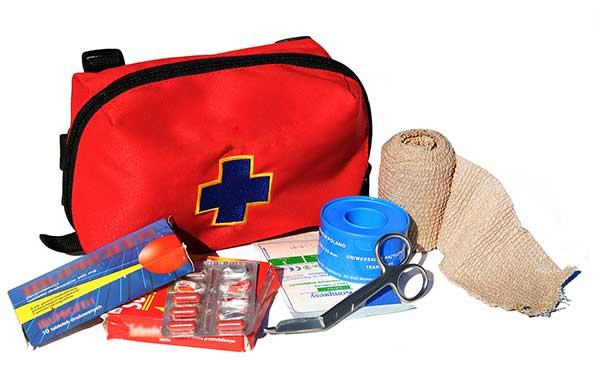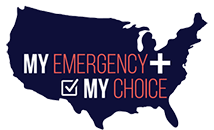Creating a Summer Emergency and First Aid Kit

Summer’s on the doorstep, so to speak, and with it comes a whole host of health and safety risks for your family. With hurricane season in Texas about to start on 1 June, it’s a good time to create your emergency kit ahead of time. FEMA recommends having a small, portable kit handy so you can grab it as you go out the door, but you also need supplies in the home in case you’re stuck without power for a number of days.
Here’s what you need to have on hand for the various possible events.
Basic Summer Emergency Kit Supplies
Your basic supplies are the fundamentals that everyone needs to survive during a disaster. This includes:
- Water: One small bottle per person is sufficient for your portable kit, because it’s heavy and you might need to move quickly. For an in-home situation or an evacuation, however, you need to have a gallon per person per day available. Store this in portable containers and replenish it every couple of weeks, rather than relying on having the chance to fill up the bathtub if you are expecting a storm.
- Food: A minimum 3-day supply of non-perishables is ideal, with up to 2 weeks’ worth in case of being homebound. Items should be easy to prepare in a power outage and if you use cans, be sure to include a non-electric opener with the kit. Don’t overlook including formula and bottles for babies and food for any pets you have, too.
- Personal hygiene items: It’s difficult to wash and care for yourself during an emergency when you could find yourself without running water for several days. A stash of moist towelettes, toilet tissue, garbage bags and plastic ties will help you to stay clean even if you have to take shelter in a hall or outbuilding for a while. If you have a baby, you’ll need spare diapers and bottles too.
- Clothing and blankets: In the event that you’re forced to evacuate your home during a nighttime storm or hurricane, you’ll need at least one set of dry, warm clothing for each person. Some lightweight blankets will also make an extended period away from home much more bearable, especially for children and seniors.
- Flashlight and batteries: The nights can be very dark when there’s no power and the moon and stars are obscured by clouds or rain. Make sure you can see to find your way around. Candles are useful indoors but not outside and you need something to light them with, so keep a powerful flashlight or two with a spare set of batteries ready to go.
It’s also convenience to include a spare set of vehicle keys with your kit, in case you don’t have time to grab them before leaving your home.
Health Care Supplies for Your Emergency Kit
No emergency kit is complete without a comprehensive first aid box containing band aids, analgesics and/or NSAIDs for pain relief and antiseptic lotions and salves to clean and treat cuts or wounds. It’s helpful to include items such as tweezers, ice packs, saline solution, sunscreen and disposable face masks. Keep children’s medications in the kit too, such as Benadryl for allergies and cream to treat rashes or bug bites.
Add a 7-day supply of all prescription medications for every member of the family including pets. Rotate these each month when you get your next batch, to avoid them getting old and stale. Make sure you keep your kit in a dark, cool place to preserve the effectiveness of the medicines.
Documentation
In the event of an evacuation or loss of your home, you’ll find it beneficial to have a full set of documentation for everyone in the household in your emergency kit. These can help to establish your identity and your requirements in a crisis. Make copies of the following documents for inclusion:
- Identification for all family members, such as birth certificates, drivers licences or passports
- Proof of address and ownership or lease of your home
- Contact information and policy numbers for all insurances, e.g. home, health and vehicle
- List of medication and doctors’ contact information
- Emergency contact numbers for family members not living in the same household.
- Banking details, including passwords and other information in case you have to get cards re-issued or provide security for a hotel check-in.
Even if you happen to get amnesia or are found unconscious, having a full set of documentation in your possession will enable first responders to know how many people are in your party, who to contact for assistance and what kind of treatment to provide you.
Create your summer emergency kit well before you expect to need it. As the saying goes, rather have it and not need it than need it and not have it.
Used under Creative Commons image attribution license 2.0




